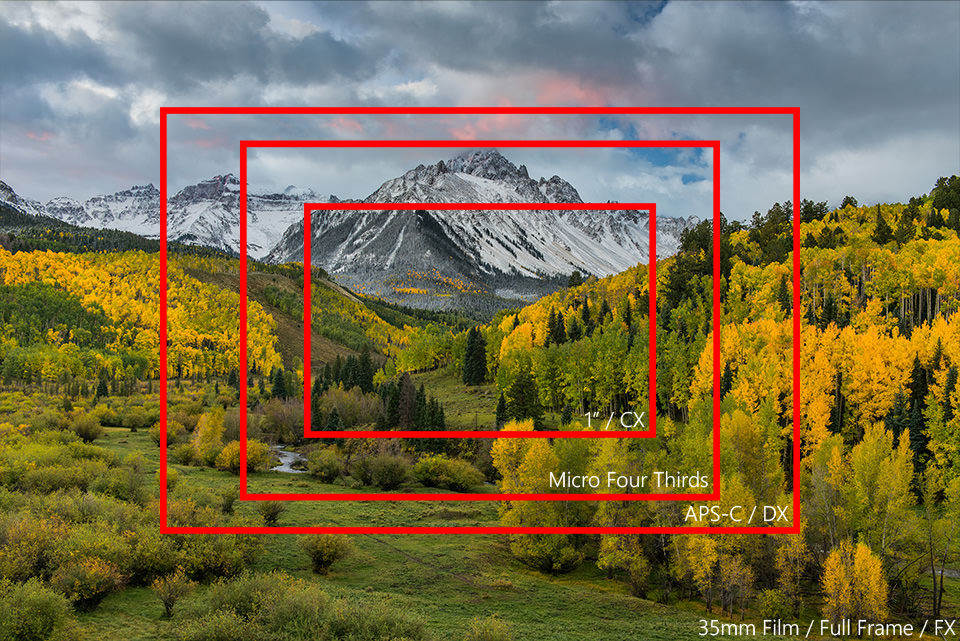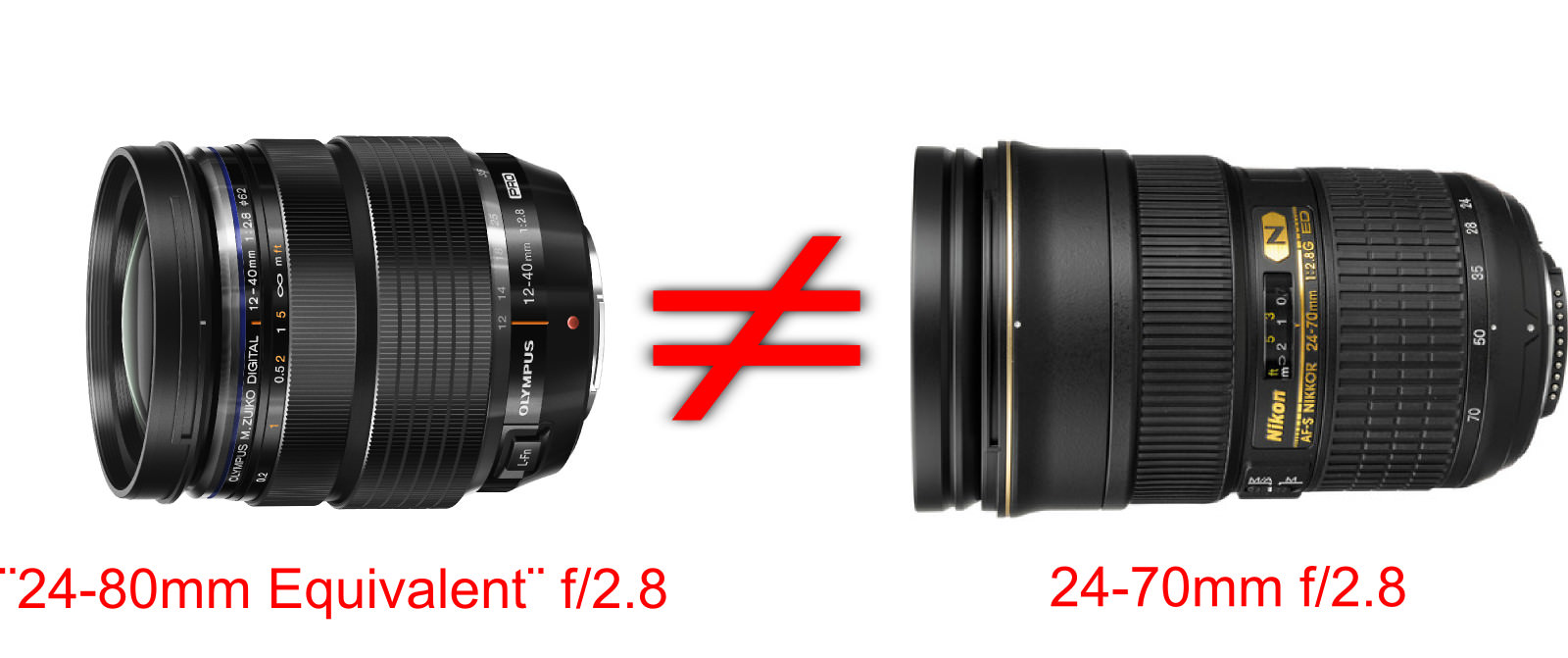@Steve has done some good work on this topic and demonstrates it in his videos. I'd post a link but you can search them as well as I can.
If it's not significant to you then there's your answer. It's about perception and if you don't perceive the difference then there's no effect. Simple. Discussion beyond that is everyone elses opinion. Or math which doesn't seem to carry much weight.
And perhaps much discussion that's heavily weighted by confirmation bias.
Sure it happens outside of testing. It happens right there on your own monitor every time you crop an image. If you don't see it I'd call it a happy day. No need to spend big bucks on wide aperture long prime lenses

put it this way - is whatever DOF happens or change is perceived, significant enough that it warrants being a pro or a con in the discussion of TC vs crop?
that's what I (and I think OP) are ultimately asking. If I was to make a pro con list of both - with my current knowledge, DOF wouldn't make the list.
less pixels on subject, significantly noticeable
more noise in image, significantly noticeable
reduced aperture, significantly noticeable
reduced IQ from TC, significantly noticeable
DOF? - noticeable? not noticeable? does anyone claim it is significantly noticeable?
or are we just throwing it out there for funsies? "hey it is something that changes - even though you'd never know anything changed unless I showed you a before and after"?
are there people out there who consider the affect cropping will have on their DOF when making an image? would someone ever throw away an image because they thought "my subject is too far, if I have to crop in my DOF is going to be ruined!"? or conversely, are there people who specifically choose to crop because they perceive value in shallower DOF?
not trying to be snarky or dismiss anything you're saying - I'm trying to understand what's going on. after spending hours googling and youtubing "does cropping affect DOF, cropping and DOF example, is cropping DOF significant", etc. I'm not coming up with anything that illustrates a difference or anyone who is even saying that it does have a significant difference.
even you haven't said it's significant. just that it's something that exists and is measurable numerically.




